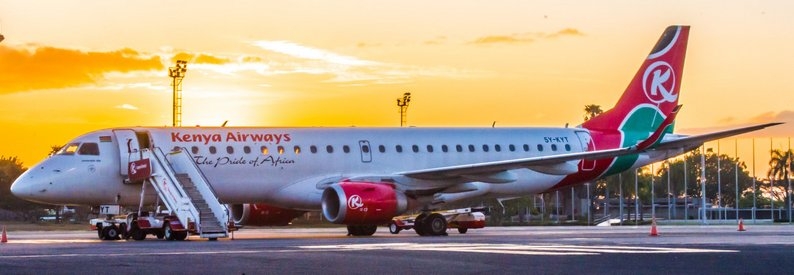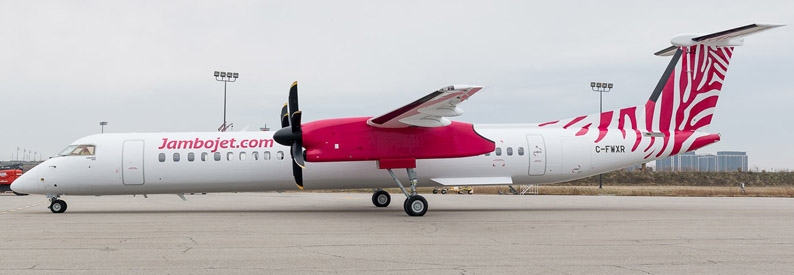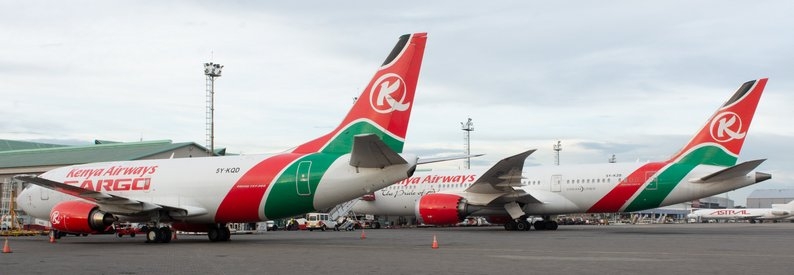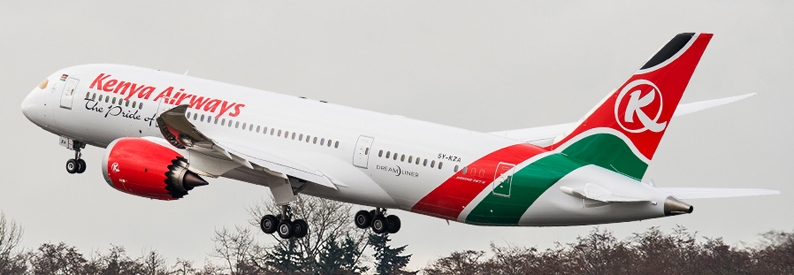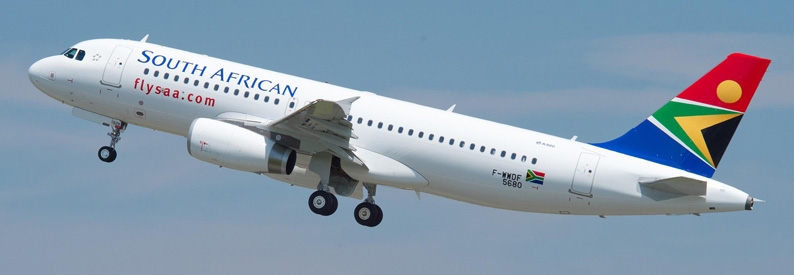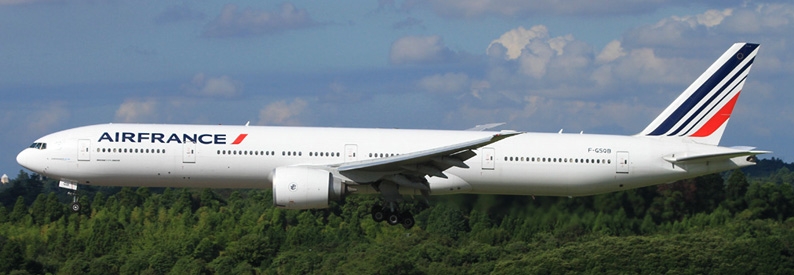Kenya Airways' 120% enhanced operational performance in the first half of 2023 has been nullified by a KES17 billion shilling (about USD117 million) loss due to foreign exchange fluctuations affecting monetary items, loans, and leases, resulting in a pre-tax loss of KES22 billion (USD151.3 million), the airline announced.
Speaking at an investor briefing, Group Managing Director and Chief Executive Officer Allan Kilavuka said a 14% devaluation of the Kenya shilling against major currencies has resulted in overheads rocketing by 22%, and, together with legacy debt, continued to hold back the airline.
"We are working to resolve the issue of the legacy debt in collaboration with our stakeholders and the Kenyan government. The debt is worsened by the 14% devaluation of the Kenyan shilling against the [US] dollar since January, which we have had to book as foreign exchange losses. The devaluation of the Kenya shilling has a significant negative impact on our financials as a majority of our transactions are carried out in the major foreign currencies. This has, in turn, an impact on our overhead costs, which have increased by 22%," he said.
Operating costs increased by 40% due to increased activity, accompanied by a 13% increase in gross profit. The first operating profit in six years of KES998 million (USD6.8 million) following an operating loss of KES5 billion (USD34.3 million) against HY 2022, plus a 56% revenue improvement to KES75 billion (USD515.4 million), were punted as confirmation of the airline's turnaround strategy starting to bear fruit.
Passenger numbers increased by 43% to 2.3 million, with an increase of 56% in Available Seat Kilometres (ASKs). Earnings before interest, tax and depreciation (EBITDAR) grew by 7% points.
The airline prioritised enhancing customer experience, operational efficiency, and financial prudence in the previous six months. It also capitalised on revenue generation by offering passenger charters and ramping up scheduled flight operations. Other strategies included airline partnerships, renegotiating lease rentals, and implementing cost-cutting strategies.
Kilavuka said: "These results confirm the operational viability of the airline. We have enhanced our customer experience at different touchpoints, the reliability and availability of our aircraft have significantly improved, and Our On-Time Performance (OTP) has gone up from a low 58% at the start of the year to 77% at the end of June with a target of being above 80%."
Going forward, Kenya Airways would continue to focus on recovery by implementing turnaround initiatives. "Our focus looking ahead is on recapitalising the business to place Kenya Airways on a stronger footing and provide a stable base for long-term growth. We will continue focusing on our network expansion and fleet optimisation to increase passenger and cargo capacities. Further, we see a promising trend in forward bookings for the year's second half. It all starts with a robust summer peak, particularly in July and August, where our load factors exceed last year's," he said.
- Type
- Base
- Aircraft
- Destinations
- Routes
- Daily Flights

